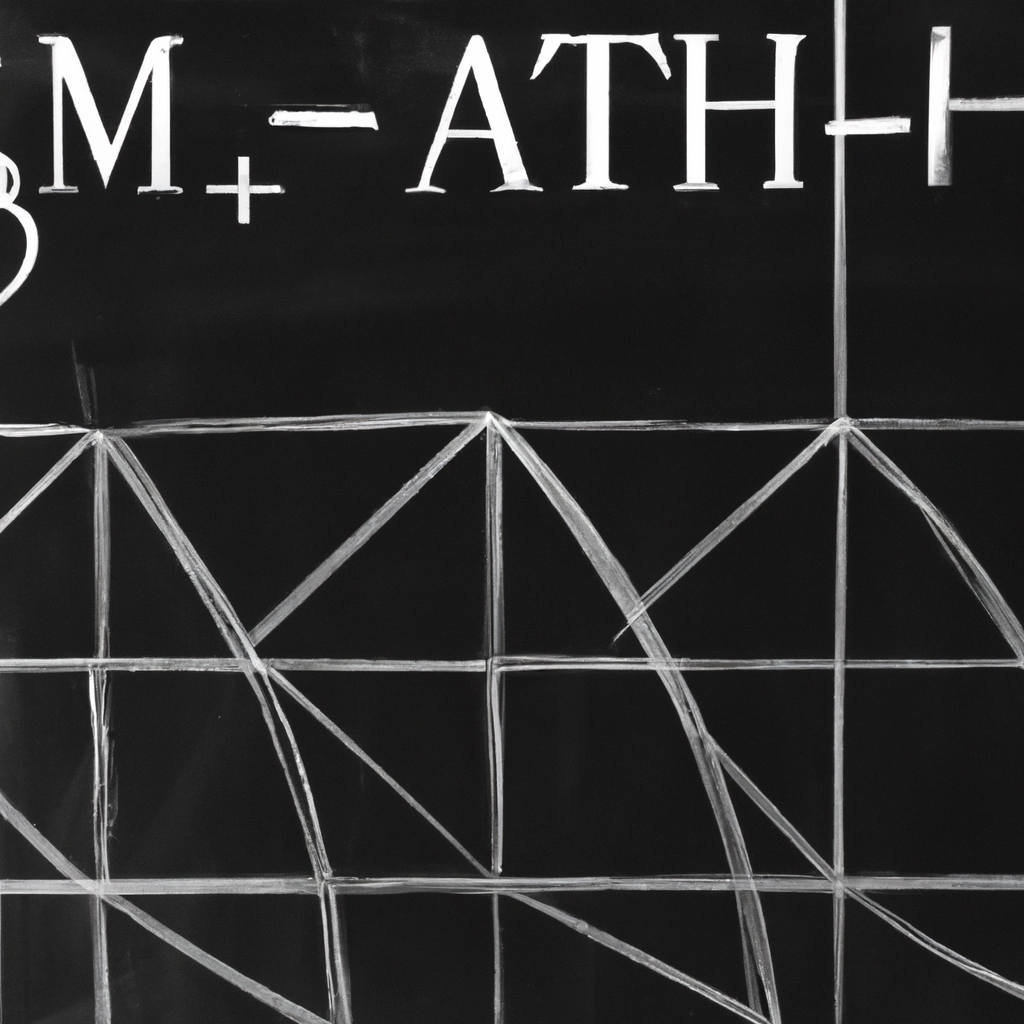The Enigmatic World of Prime Numbers: Unraveling the Secrets
Delve into the captivating world of prime numbers and unravel the secrets behind their patterns and properties. Explore the historical significance, distribution, unique traits, and practical applications of prime numbers.
Last Updated: 10/17/2023
The Fascination with Prime Numbers

Historical Significance and Allure
Prime numbers have captivated mathematicians and scholars throughout history. These unique numbers, divisible only by 1 and themselves, have sparked curiosity and intrigue due to their distinct properties and applications in various fields.
The study of prime numbers dates back to ancient times, with Greek mathematicians like Euclid making significant contributions. Euclid, known as the 'father of geometry,' formulated the fundamental principles of number theory, including the concept of prime numbers. His work, 'Elements,' laid the foundation for modern mathematics and established the importance of prime numbers.
In the 18th century, Swiss mathematician Leonhard Euler made remarkable advancements in the field of number theory. Euler's theorem, known as Euler's theorem on quadratic residues, provides a powerful tool for understanding the behavior of prime numbers. His extensive research and discoveries have greatly influenced subsequent mathematicians in their study of prime numbers.
The allure of prime numbers lies in their mystery and complexity. Despite their simple definition, prime numbers exhibit intricate patterns and properties that continue to baffle mathematicians. For instance, the distribution of prime numbers appears random, yet there are certain patterns and conjectures that researchers strive to uncover.
Prime numbers also find practical applications in various areas, such as cryptography and computer science. Their unique properties make them ideal for encryption algorithms, ensuring secure communication and data protection. Additionally, prime numbers play a crucial role in prime factorization, a fundamental concept in number theory and computational mathematics.
In conclusion, the historical significance and allure of prime numbers can be attributed to their fascinating properties, contributions of renowned mathematicians like Euclid and Euler, and their practical applications in diverse fields. The study of prime numbers continues to captivate mathematicians, driving them to unravel the mysteries that lie within these enigmatic numbers.
Prime Number Theorem: Uncovering the Patterns

Understanding the Occurrence of Primes
The Prime Number Theorem is a fundamental result in number theory that reveals crucial insights into the distribution of prime numbers. It provides an estimation of how many primes there are up to a given number, and it forms the basis for understanding the occurrence of primes.
The theorem, first proven independently by Jacques Hadamard and Charles Jean de la Vallée-Poussin in 1896, states that the number of primes less than or equal to a positive integer n is approximately n / log(n). This means that as n grows larger, the ratio of the number of primes to n becomes smaller, indicating a decrease in the density of primes.
One implication of the Prime Number Theorem is that primes become less frequent as numbers get larger. However, this doesn't mean that primes disappear entirely; they continue to appear, but with decreasing density. This phenomenon leads to the existence of interesting patterns within the prime numbers.
One such pattern is that of twin primes, which are pairs of prime numbers that differ by 2. Examples include (3, 5), (11, 13), and (17, 19). The Prime Number Theorem suggests that the number of twin primes should be infinite, but their occurrence becomes increasingly rare as numbers increase. Despite their rarity, twin primes have fascinated mathematicians for centuries, and their properties continue to be studied.
Another intriguing pattern is that of prime quadruplets, which are sets of four prime numbers that are consecutive and differ by 6. For example, (5, 7, 11, 13) form a prime quadruplet. These quadruplets are also expected to be infinite according to the Prime Number Theorem, but they become increasingly sparse as numbers grow larger.
Studying the distribution of primes and the patterns they exhibit is an ongoing area of research in number theory. While the Prime Number Theorem provides valuable insights, many questions remain unanswered, and mathematicians continue to explore the mysteries surrounding prime numbers.
Indivisibility

The Fundamental Trait of Prime Numbers
One of the key properties of prime numbers is their indivisibility. A prime number is a positive integer greater than 1 that can only be divided evenly by 1 and itself. In other words, prime numbers have no divisors other than 1 and themselves. For example, the number 7 is a prime number because it can only be divided by 1 and 7 without any remainder.
The significance of this property is that it makes prime numbers the building blocks of all positive integers. Every positive integer can be expressed as a product of prime numbers in a unique way, known as prime factorization. This property forms the foundation of many mathematical concepts and calculations, such as finding the greatest common divisor or simplifying fractions.
Prime numbers also play a crucial role in cryptography, where their indivisibility is utilized to ensure the security of encrypted communication and data transmission.
Applications of Prime Numbers: From Cryptography to Number Theory

Introduction
Prime numbers, those integers greater than 1 that are divisible only by 1 and themselves, have a wide range of practical applications in various fields, particularly cryptography and number theory. In this article, we will explore the significance of prime numbers in securing online transactions and protecting sensitive information. We will also delve into their role in number theory, where they form the building blocks for many important mathematical concepts.
Conclusion: The Endless Quest for Prime Numbers

The pursuit of prime numbers has captivated mathematicians for centuries, and it continues to be an ongoing quest filled with excitement and intrigue. Mathematicians tirelessly explore the vast landscape of numbers, searching for these elusive and enigmatic entities.
Prime numbers, with their unique properties, have a profound significance in mathematics. They are the building blocks of numbers, and their distribution holds profound implications for various fields, from cryptography and computer science to number theory and physics.
The search for prime numbers is not just a mathematical endeavor; it is a journey that unveils the intricacies of the universe. The beauty lies not only in the discovery of new primes but also in the patterns and relationships that emerge as mathematicians delve deeper into the world of numbers.
Despite the countless prime numbers that have been discovered, there is still much to be explored. Mathematicians continue to develop new algorithms and techniques to find larger primes, pushing the boundaries of what we know.
The quest for prime numbers is a testament to the human spirit of curiosity and exploration. It reminds us of the vastness of the mathematical realm and the infinity of knowledge waiting to be discovered. As mathematicians tirelessly search for new primes, they inspire us to embrace the wonder and mystery that prime numbers hold in the mathematical world.
Related Content
 Best Side Hustle Tools
Best Side Hustle ToolsBest Free Tools for Side Hustlers - #1 will surprise you
FREELaunch your side hustle in seconds with these FREE tools.

 Dumpster Fire Jobs
Dumpster Fire JobsGet a Job When No One is Hiring
USEFULPractical Tips for searching for a job in a **** economy.
